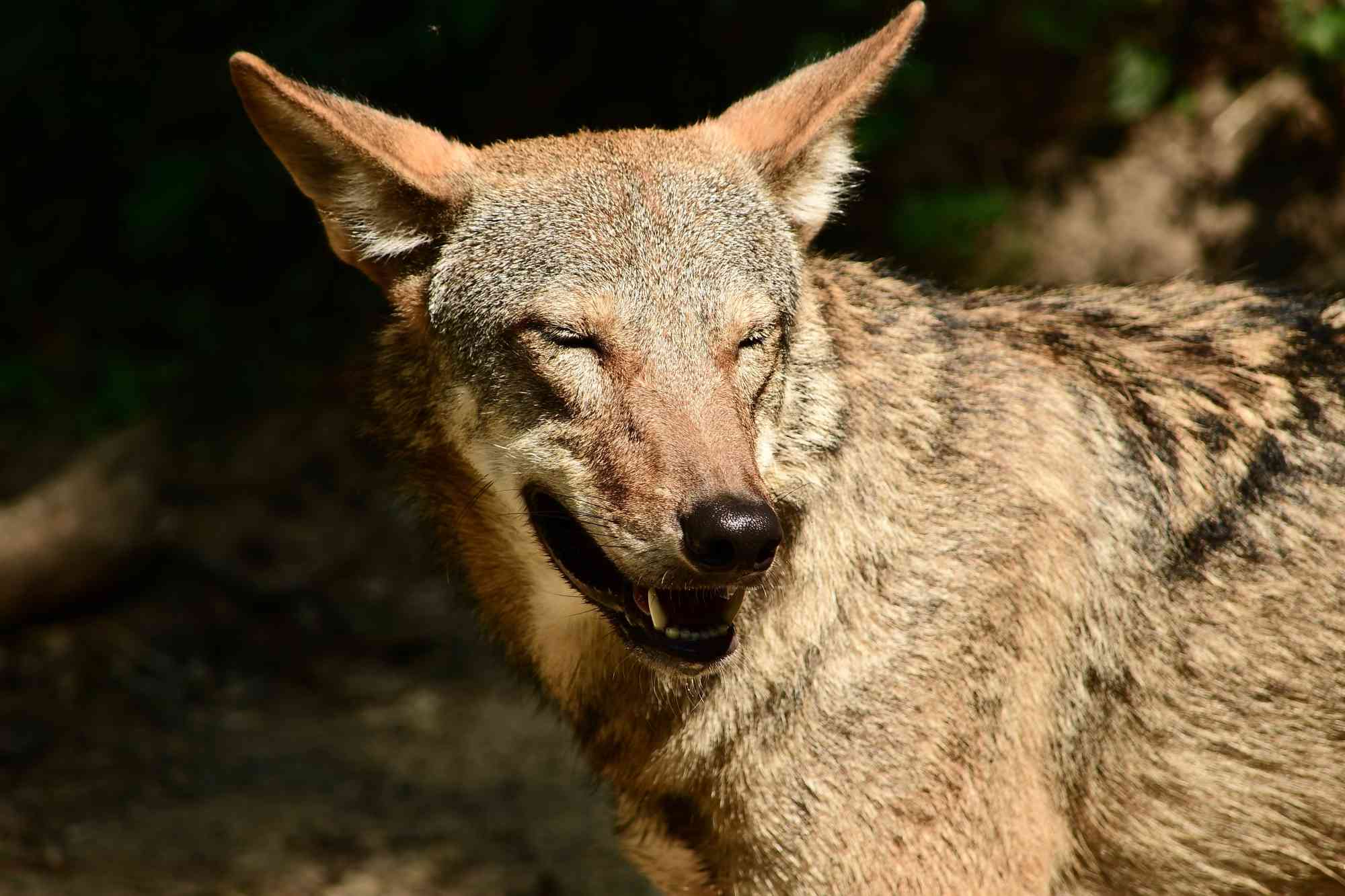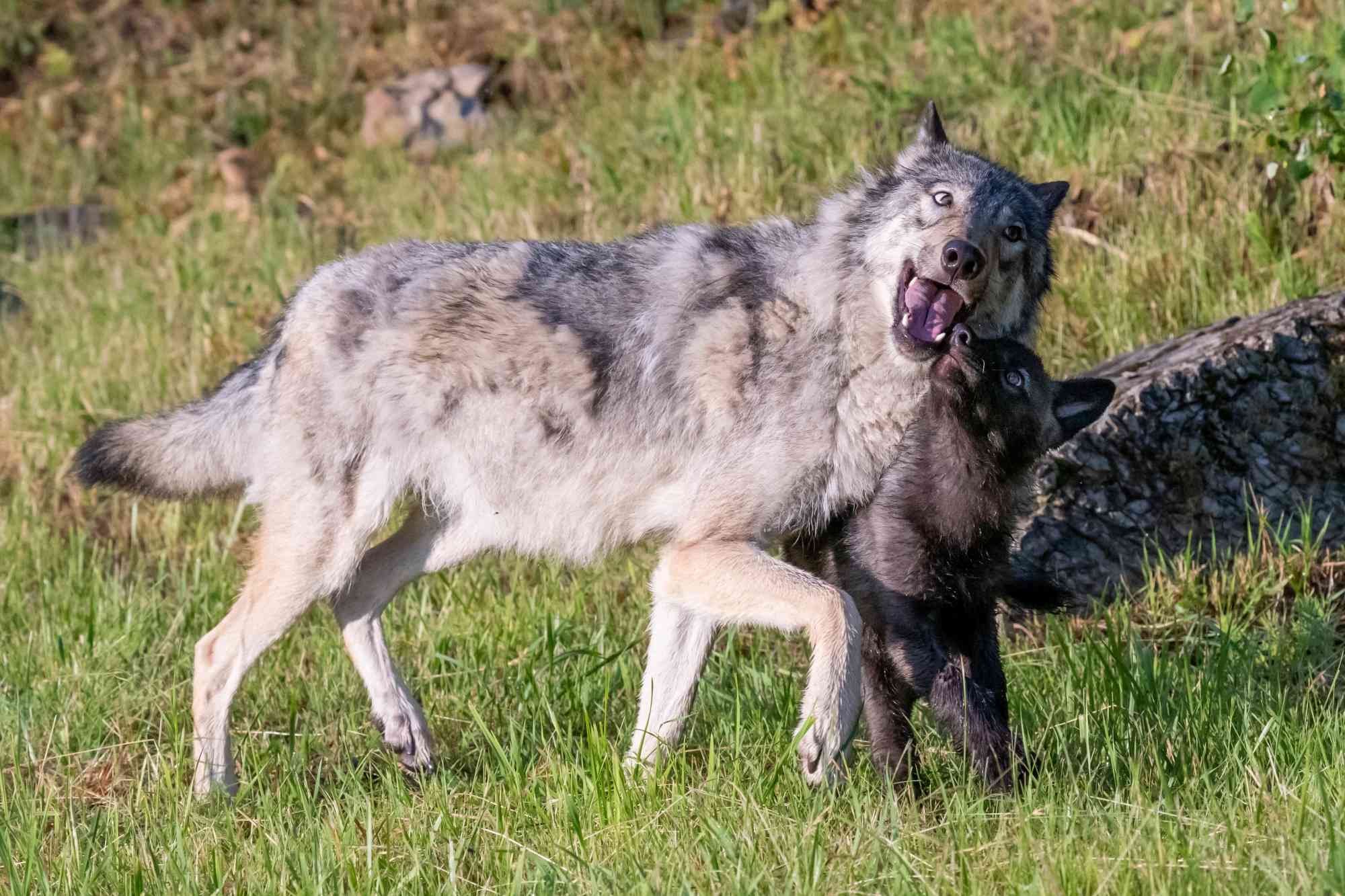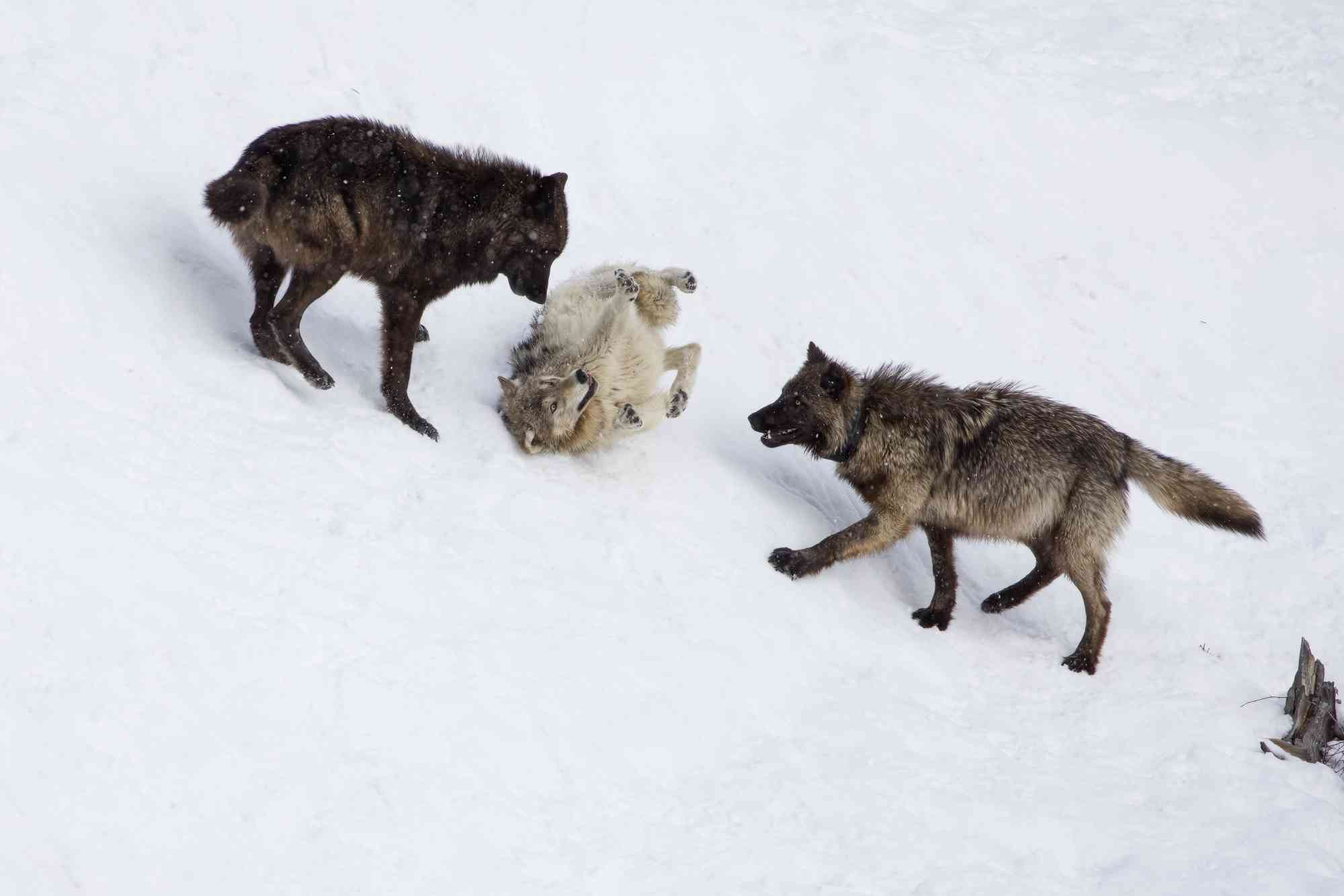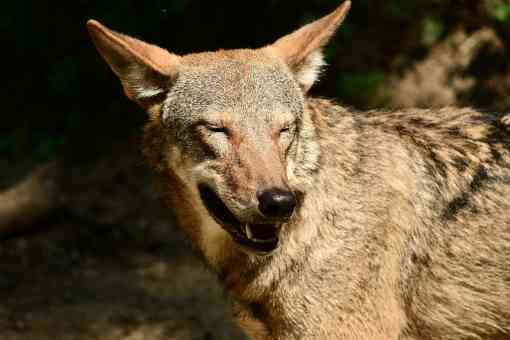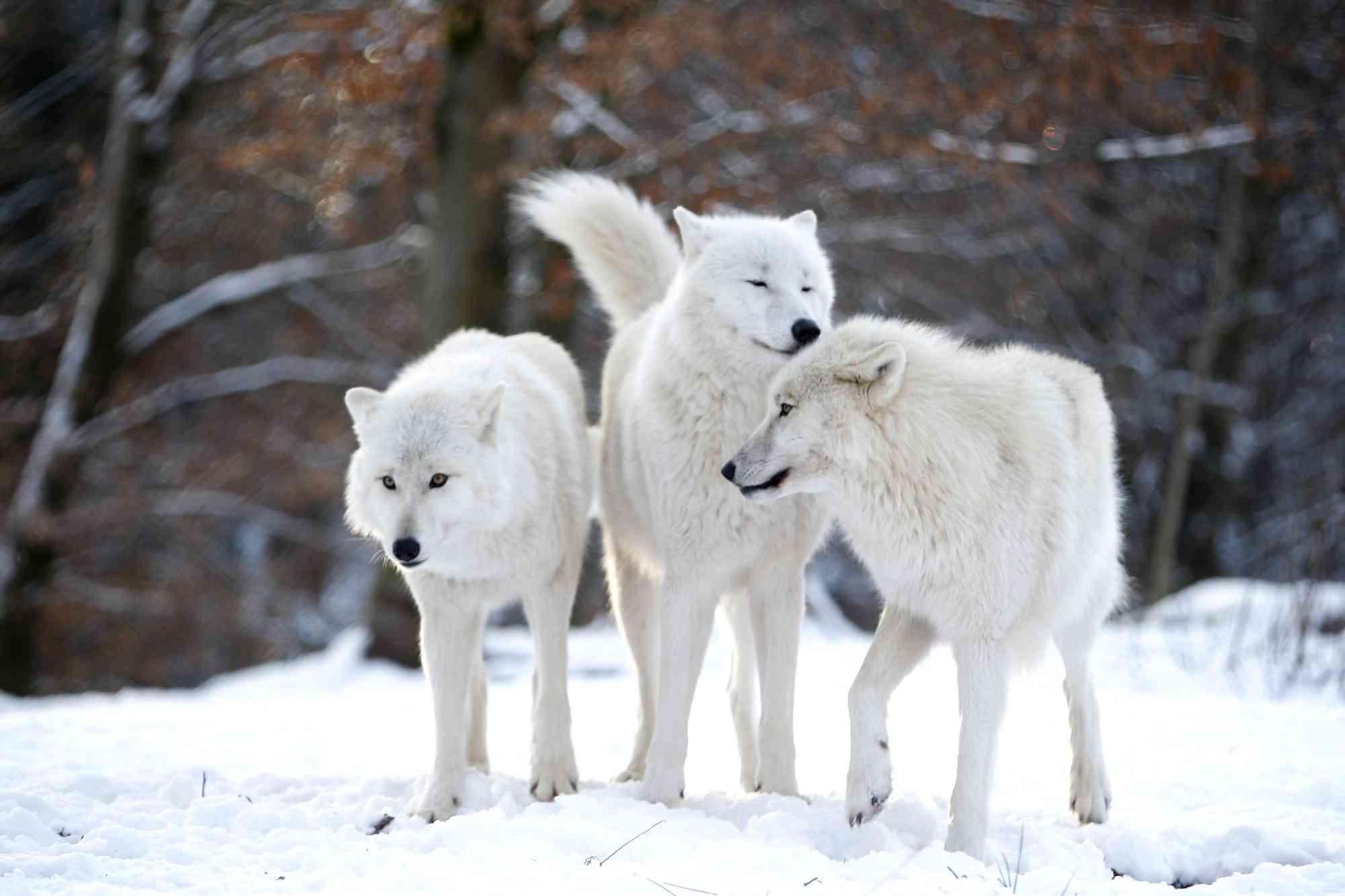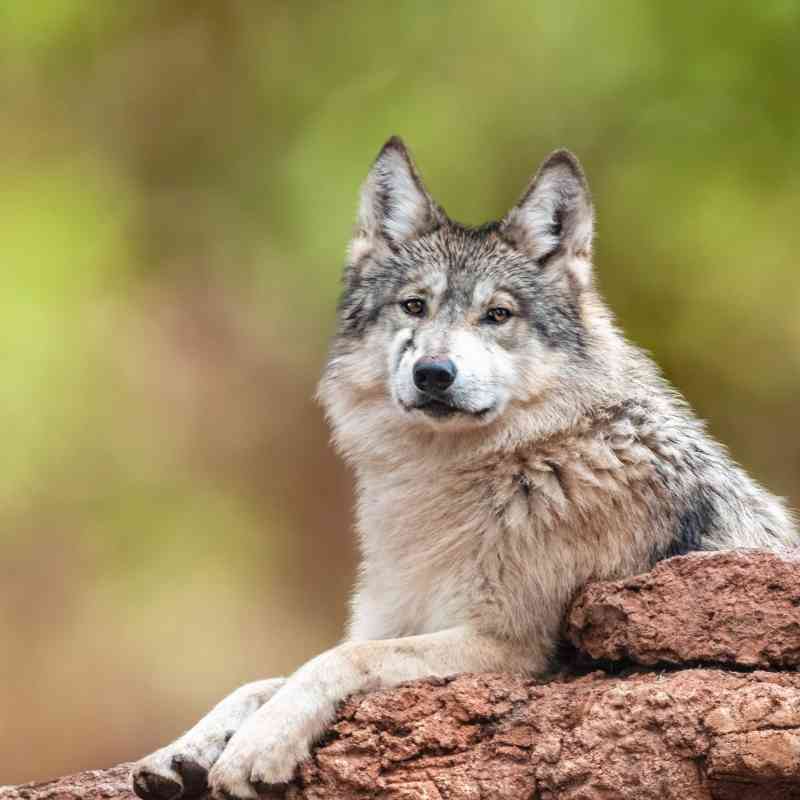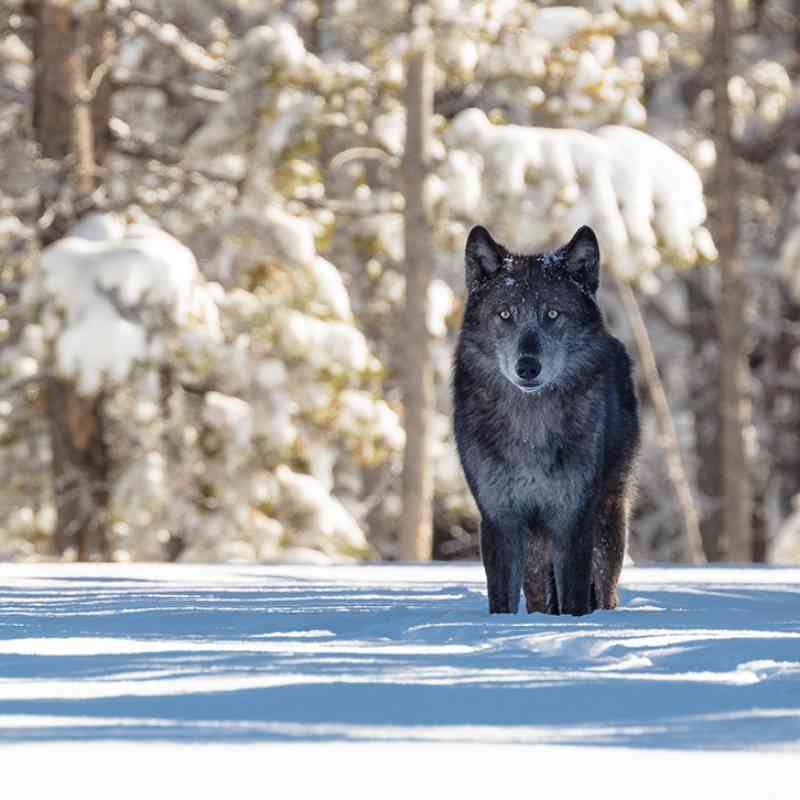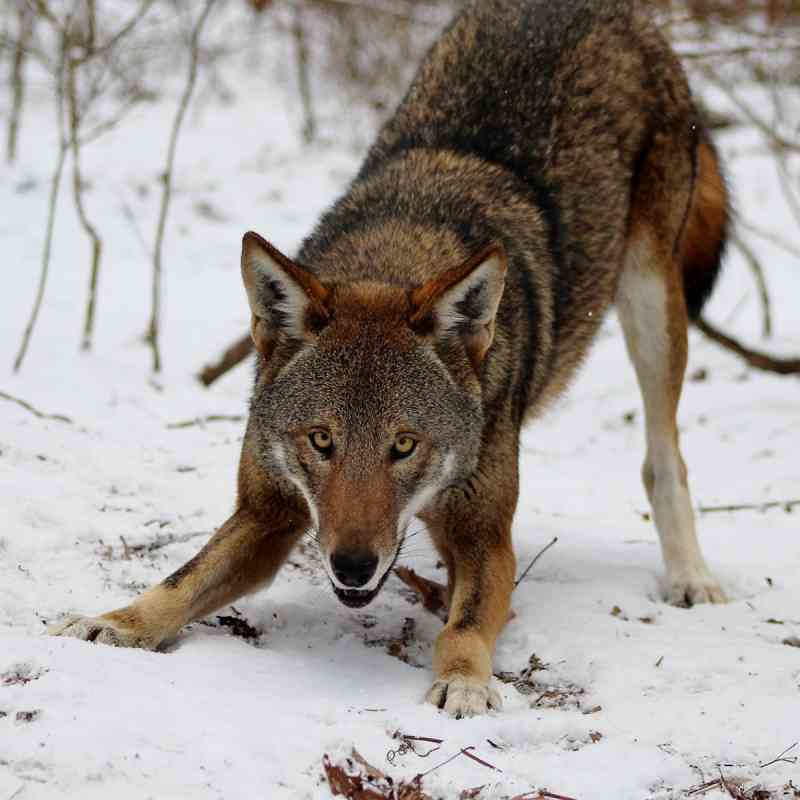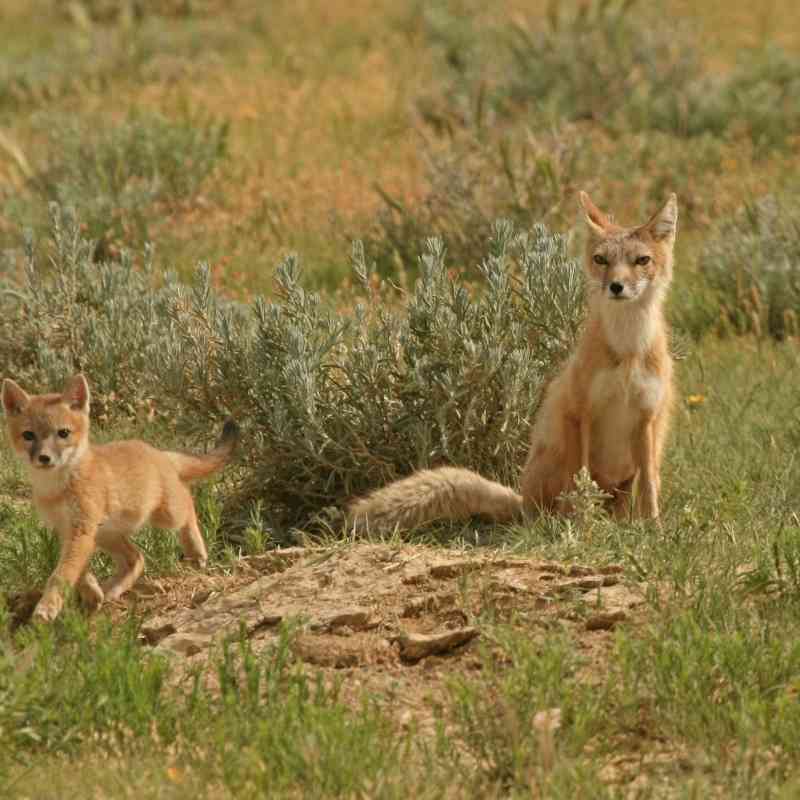This blog post previously ran as an op-ed in the Duluth Tribune on October 28, 2023.
Opinion by Jamie Rappaport Clark
Throughout my career, I’ve observed the way humans react to wolves. Many love wolves unconditionally for the amazing creature they are, but few species elicit the same spectrum of extreme emotion as wolves. This human reaction is too often based in fear, rendering this magnificent animal a target for everything from tales of lore to political lightning rods, in which false narratives reinforce a villainous myth woven around this very vulnerable species.
Consider the folktales. Little Red Riding Hood. The Three Little Pigs. The Boy Who Cried Wolf. The “big bad wolf” may be the longest-standing villain in the animal kingdom.
Today, we must dispel the myths once and for all and honor wolves and the heroic role they play in the world of wildlife.
Wolves are an apex predator that keeps ecosystems in balance. They’re known as a keystone species, responsible for a trophic cascade of biodiverse benefits.
This year, as we celebrate Wolf Awareness Week, we are reminded that 25 years ago the gray wolf was returned to Yellowstone National Park. With the wolves’ return, the park’s ecosystem, in a state of crisis at the time, not only rebounded but flourished. Once unmanaged elk populations were rebalanced by wolf predation; and the tree and plant life they overgrazed returned to riverbanks, improving eroded shores and inviting back beaver populations. The restored streams and corresponding restored fish populations provided food sources to species like the bald eagle, otter and fox.
Today, wolves are not only the lynchpin to sustaining the vibrant ecosystem of Yellowstone National Park but also the economies of surrounding towns as they are one of the most sought-after wildlife sightings in the nation.
The gray wolves of Yellowstone, however, is not the only successful wolf-reintroduction story in the U.S. Gray wolves were also reintroduced to Idaho, followed by Mexican gray wolves to the American Southwest, and Red Wolves, a critically endangered species, to North Carolina. Each of these populations still confronts smear campaigns that seek to demonize the wolf as a predator lurking in the shadows, waiting to collide with human activity. It is in these shadows where the battle between science and emotion plays out and where the fate of the maligned wolf hangs in the balance.
Ranchers with livestock herds in states where wolves are present express concerns about the potential for depredations. Yet, wolves account for less than 0.01% of livestock fatalities.
Wolf restoration has always been a priority at my conservation organization, Defenders of Wildlife. We help educate the public about the reality of wolves, that they are inherently shy and avoid conflict and that they are fiercely loyal and loving to their family units, or packs, things to which many humans can relate. We also promote and build coexistence programs on the ground to build social tolerance and fight policy issues through the courts and on Capitol Hill.
Coexistence helps address conflicts while simultaneously working to increase social tolerance. Together, education and conflict-avoidance tools are key to keeping wolves separated and away from where people live and work.
Wolves are magnificent. Their recovery in this country means more than small and scattered populations across millions of acres of wilderness. It means peaceful coexistence with informed communities and proven deterrence methods for ranchers. It means collaboration and cooperation.
I am so proud that Defenders of Wildlife is so committed to and engaged in restoring wolves to the suitable landscapes of this country. We are guided by science as we work collaboratively with states and tribal and local communities in a full-scale, solutions-oriented approach to ensure a future for this much-maligned species.
As Colorado prepares for gray-wolf reintroduction later this year, I am thrilled and hopeful that one day in the not-too-distant future we could see gray wolves roaming from Washington down the spine of the Rocky Mountains to Mexico. Colorado is the last critical piece in that vision. The people of Colorado made clear their support for gray-wolf reintroduction through a ballot initiative in 2020.
The tides are changing; the narratives are shifting. What happens in Colorado could inform the future of other species like the Florida panther, swift fox, and grizzly bear.
While I have never been more hopeful for the recovery of the wolves throughout the U.S., I know there’s a long road ahead. I hope those reading this will speak up and share the benefits wolves provide to the places they call home. With all of us as their voice, we can create new storylines for the wolf, thereby ensuring its future and ours.
Jamie Rappaport Clark is president and CEO of Defenders of Wildlife, a conservation organization in Washington, D.C., dedicated to protecting and restoring imperiled species and their habitats. She was director of the U.S. Fish and Wildlife Service from 1997 to 2001. She wrote this for the News Tribune.
This blog post previously ran as an op-ed in the Duluth Tribune on October 29, 2023.
Author

Jamie Rappaport Clark
comments
Wildlife & Wild Places

